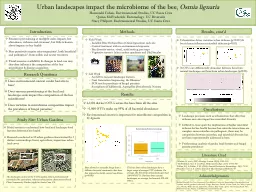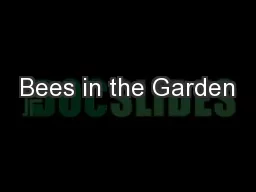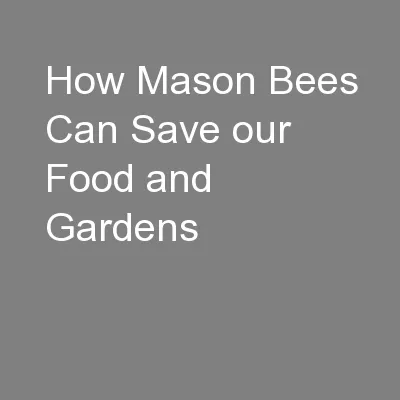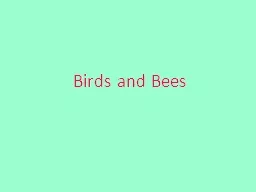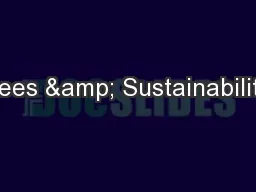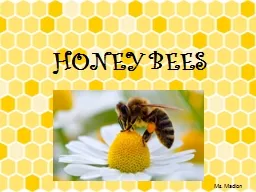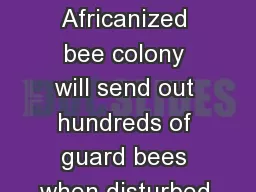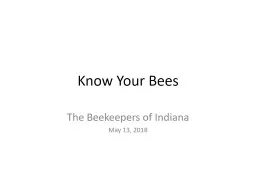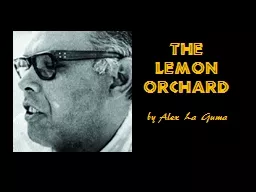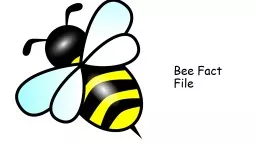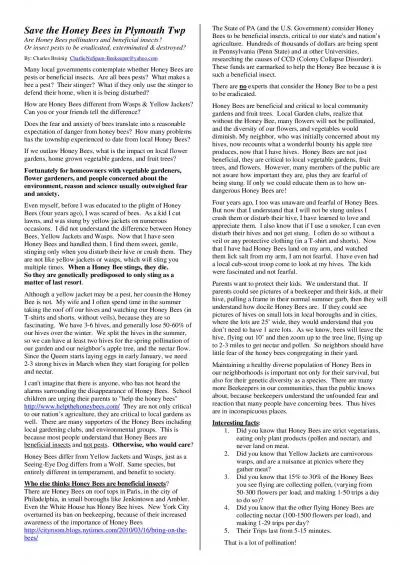PPT-Field Work - Installed Blue Orchard Bees
Author : jezebelfox | Published Date : 2020-08-26
Osmia lignaria at each site Control treatment with no environmental exposure Bee diversity survey visual aerial netting pan traps Vegetative surveys 1x1m random
Presentation Embed Code
Download Presentation
Download Presentation The PPT/PDF document "Field Work - Installed Blue Orcha..." is the property of its rightful owner. Permission is granted to download and print the materials on this website for personal, non-commercial use only, and to display it on your personal computer provided you do not modify the materials and that you retain all copyright notices contained in the materials. By downloading content from our website, you accept the terms of this agreement.
Field Work - Installed Blue Orchard Bees: Transcript
Download Rules Of Document
"Field Work - Installed Blue Orchard Bees"The content belongs to its owner. You may download and print it for personal use, without modification, and keep all copyright notices. By downloading, you agree to these terms.
Related Documents

